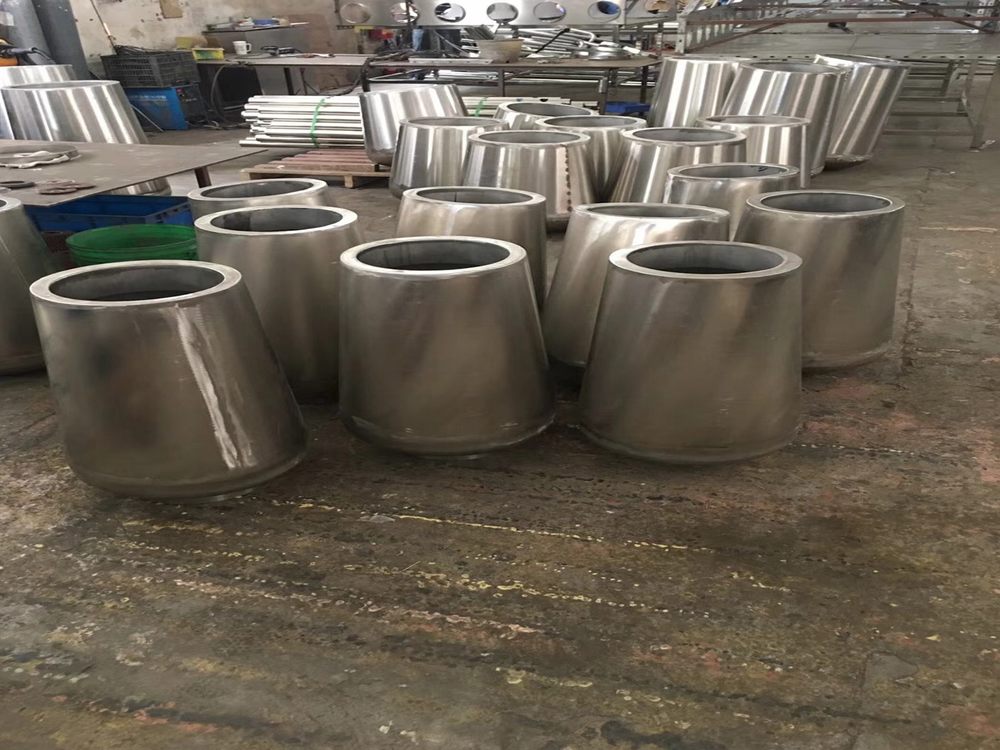
Porcelain sculptures have long been used in scientific and educational settings due to their durability, intricate detail, and aesthetic appeal. One of the most common themes is anatomical models, which were historically crafted to teach medical students about human anatomy with remarkable precision. These sculptures often depict organs, skeletal structures, or even full-body cross-sections, providing a tactile and visual learning tool.
Another prevalent theme is botanical and zoological studies. Porcelain sculptures of plants, flowers, and animals were created to aid in the study of natural history, offering lifelike representations that could withstand repeated handling. These pieces were particularly valuable in eras before high-quality photography or 3D imaging.
Historical and cultural artifacts also feature prominently. Porcelain sculptures of ancient tools, artifacts, or even scaled-down architectural models help educators illustrate historical contexts or archaeological findings. These pieces bridge the gap between abstract concepts and tangible understanding.
Lastly, some porcelain sculptures were designed to demonstrate scientific principles, such as molecular structures or geological formations. Their delicate craftsmanship makes complex ideas accessible and engaging for learners of all ages.
Combining artistry with education, porcelain sculptures continue to be a unique and enduring medium for knowledge dissemination.

